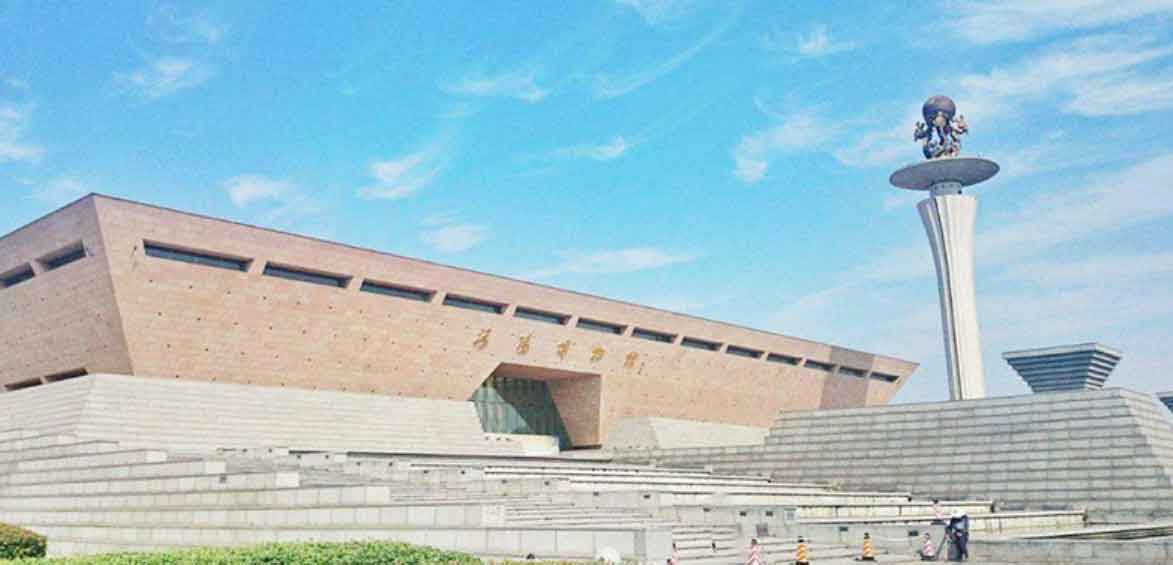Exploring the imperial treasures at the Luoyang Museum is like taking a captivating journey through the footsteps of emperors and the grandeur of ancient China. The museum houses a remarkable collection of artifacts associated with emperors and imperial life, allowing visitors to delve into the opulence and splendor of the imperial court.

One of the key highlights of the museum’s imperial collection is the display of royal ceramics and porcelain. Luoyang was renowned for its ceramic production during various dynasties, and the museum showcases exquisite examples of imperial porcelain, including delicate Tang Dynasty tri-color glazed pottery and elegant Song Dynasty celadon ware. These ceramics were highly valued by emperors and were often used for imperial banquets and rituals.
Another prominent feature of the imperial treasures is the collection of imperial seals and calligraphy. Seals held immense symbolic and administrative importance in imperial China, representing the authority and legitimacy of the emperor. The museum exhibits intricately carved imperial seals, some of which belonged to notable emperors from different dynasties. Additionally, visitors can admire fine examples of calligraphy, showcasing the emperors’ mastery of this revered art form.
Imperial attire and accessories are also prominently displayed, providing a glimpse into the luxurious and intricate clothing worn by emperors and imperial consorts. Elaborate dragon robes, phoenix coronets, and jade accessories demonstrate the high level of craftsmanship and attention to detail in imperial attire. These items not only exemplify the emperors’ fashion and style but also reflect the social hierarchy and symbolism associated with imperial garments.
The Luoyang Museum also houses a collection of imperial jade artifacts, which were considered precious and highly valued by emperors. Jade held great symbolic significance in Chinese culture, representing virtue, power, and immortality. Visitors can admire jade carvings, including intricate figurines, vessels, and ritual objects that were used and treasured by emperors throughout history.
Additionally, the museum features imperial paintings and calligraphy that provide insight into the emperors’ artistic pursuits. These artworks showcase the emperors’ appreciation for aesthetics, as well as their patronage of renowned painters and calligraphers. The museum’s collection includes scroll paintings, hand scrolls, and calligraphy masterpieces that exemplify the imperial taste and artistic achievements of different dynasties.
Tracing the footsteps of emperors through the imperial treasures at the Luoyang Museum offers a captivating experience for history enthusiasts and those interested in the grandeur of ancient China. The collection provides a glimpse into the lives of emperors, their opulent lifestyles, and their patronage of art and culture. It’s a unique opportunity to immerse oneself in the rich heritage of imperial China and gain a deeper understanding of the country’s fascinating history.